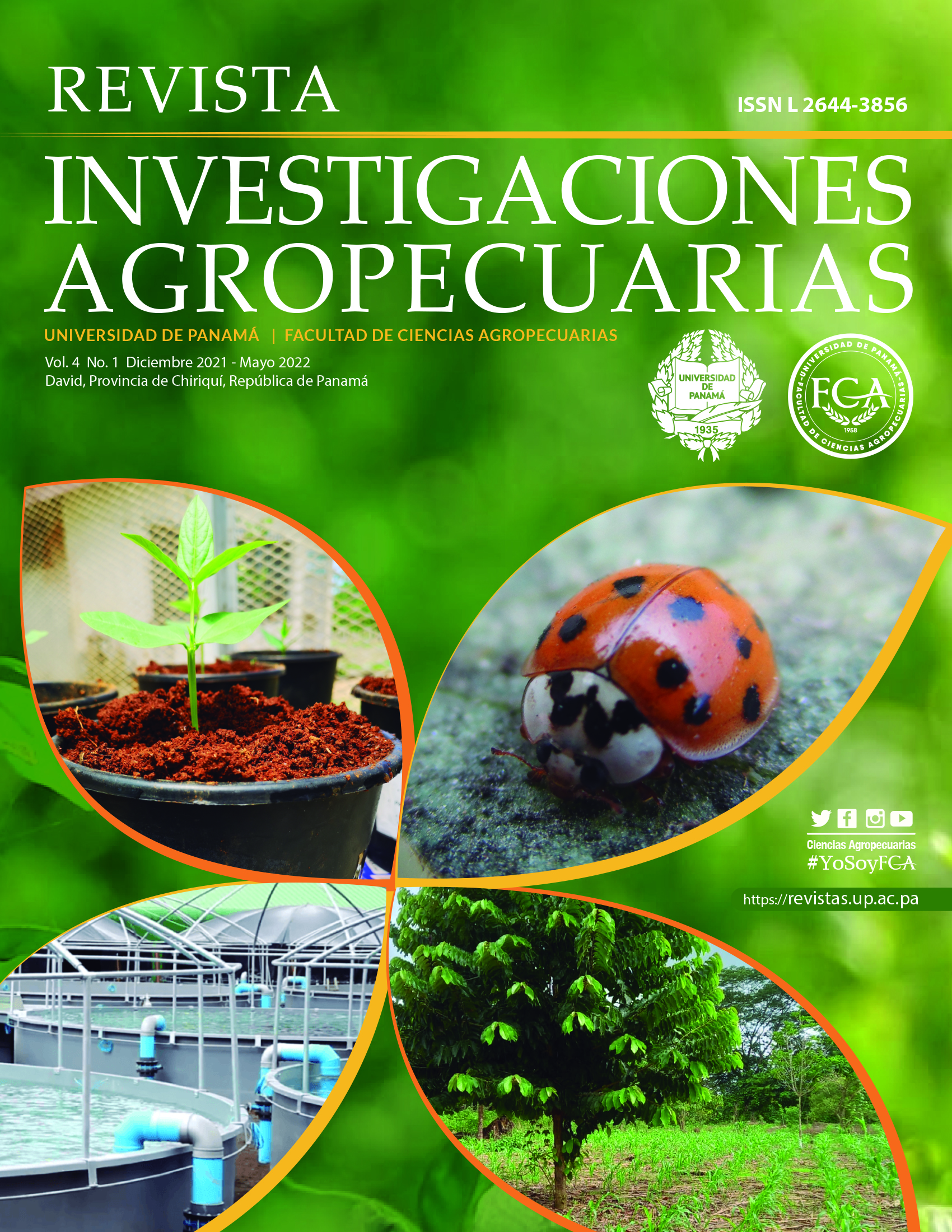

Panama has climatic conditions that favor the development of a diversity of fruit trees, however, the deforestation of the pacific slope to expand the agricultural and livestock frontier has caused a decrease in the availability of native fruits and a degradation of their biodiversity. In the headquarters of Chiriquí of the Faculty of Agricultural Sciences of the University of Panama, a germplasm bank of 44 species of fruit trees was established in 2017. It aims to preserve for future generations seed and vegetative material of these fruit species. The brushing and planting model were used with the Taungya agroforestry system. This system sows in association and topological arrangement trees and annual crops simultaneously. The leafy fruit species were sown 10 meters between plants and 12 between rows, the rest were sown 6 meters between plant and 8 in row, with 12 seedlings of each species being planted. After transplanting the fruit trees, the association crops were sown (Guandu, Yam, Yuca, Otoe, Yampi, Corn and Rice); manually following the techniques of the family farming producer, using Creole varieties. After three years of planting the trees and six harvests of the annual crops there is a good development of the fruit trees, which tells us that they compete and develop well in the Taungya Agroforestry System, so this temporary association is recommended to reduce the costs of establishing fruit plantations.